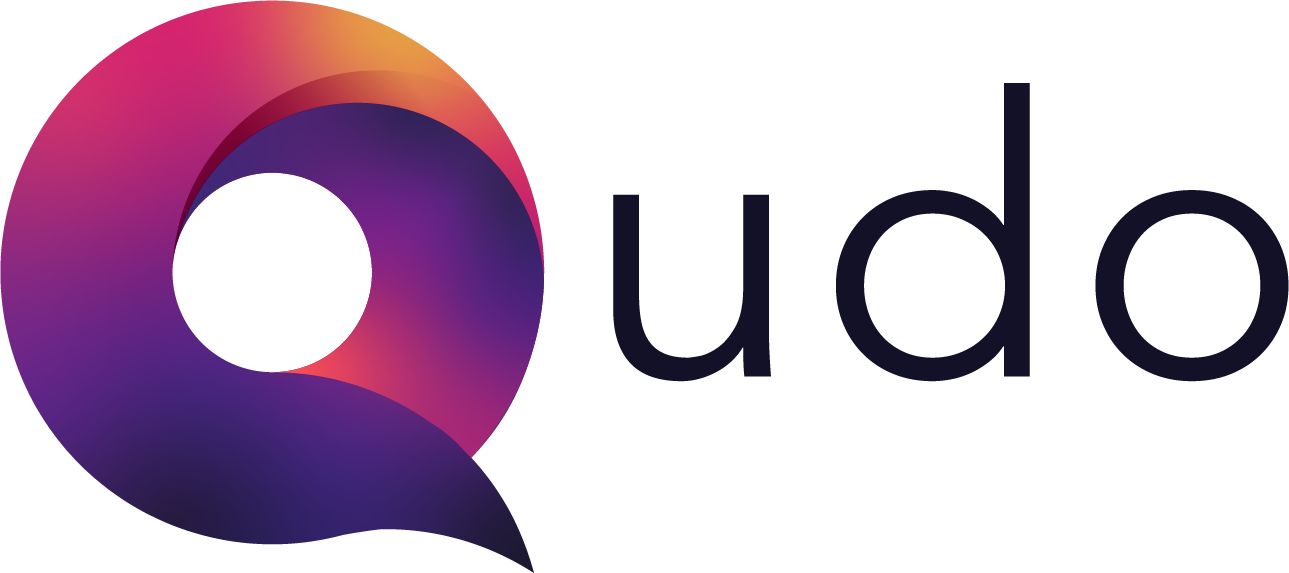In digital marketing, few things are as crucial as accurately identifying your target audience. The compass guides your marketing efforts, ensuring that every campaign reaches the right eyes and ears—maximizing impact while minimizing wasted resources. Imagine launching a ship into vast waters without a compass; that’s what marketing without audience identification resembles. In this blog post, we’ll navigate through the strategies and tools that will help you set sail towards the most promising horizons.
Understanding Your Existing Customer Base
Careful analysis of your existing customers’ demographics, behaviours, and preferences is vital. Consider Amazon’s recommendation system, which has been famously fine-tuned to understand and predict customer preferences, contributing to its high conversion rates and customer satisfaction. In the case of Netflix, their exploration of viewing habits has transformed the way they create and market shows, ensuring that various demographics have content tailored specifically to their interests.
Thoroughly analyze the demographics, psychographics, interests, behaviors, purchasing patterns et al. of current customers who comprise your foundation. Key aspects include:
- Demographics: Age, gender, location, income level
- Purchase history: Product preferences, order values, loyalty
- Web analytics: Traffic sources, engagement metrics
- Social: Follower demographics, engagement rates
- Email: Open/click rates, link clicks, conversions
- Reviews: Sentiments, value mentions
Segmenting Your Audience for Tailored Campaigns
After analysing this data, you can start segmenting your audience. This means dividing your target market into smaller, more homogeneous groups with similar traits or needs. By doing so, you can create tailored marketing campaigns that appeal specifically to each segment, a fundamental aspect of identifying your target audience.
Real-world segmentation has led companies like Procter & Gamble to develop specific products for different market segments, such as their Pampers diapers, which are designed to meet the distinct needs of newborns, crawlers, and toddlers. This detailed segmentation allows for highly focused marketing efforts that resonate strongly with each segment’s unique requirements.
Here’s an example of audience segmentation:
| Customer Segment | Age | Interests |
| Segment A | 18-24 | Technology, Gaming |
| Segment B | 25-34 | Travel, Health & Fitness |
| Segment C | 35-44 | Home Improvement, Cooking |
Competitive Analysis to Discover Opportunities
Next, it’s essential to analyse your competition. We’ll dig a bit deeper into this topic in the next episode of this series. But for now, let’s say that researching your competitors can provide insights into the target audience their marketing efforts attract. By doing this, you can identify gaps and opportunities in your own marketing strategy and potentially target a completely different audience or focus on a niche.
Businesses often find opportunities by observing competitors. For example, a 2017 study by L2 Inc. showed how beauty brand Too Faced leveraged social media insights to understand competitive strategies in the digital space, helping them to enhance their own digital presence and marketing tactics.
Leveraging Online Tools for Audience Insights
Moreover, it’s key to use online tools to assist in identifying your target audience. Social media platforms, like Facebook and Instagram, offer insights into your followers, including their location, interests and the content they engage with most. Google Analytics can also provide invaluable information regarding your website visitors’ demographics, interests, and behaviour.
As an example, Lego took feedback from the type of web traffic they were seeing to understand that creating an online community would resonate well with its audience, leading to the highly successful Lego Ideas platform. Similarly, fashion retailer ASOS utilizes data from various online channels to constantly adapt its product offerings and marketing strategies to the preferences of its youthful audience.
Direct Engagement: Surveys and Polls for In-Depth Understanding
Lastly, conduct surveys and polls to gather the in-depth information you need to successfully identify your target audience. Asking for feedback on your products and services or simply researching the issues that matter to them can provide a more holistic view of your target market and refine your understanding of their needs.
Direct engagement has been critical for brands such as Spotify, which runs regular surveys to gather feedback on its music streaming service. This data influenced its decision to add new features like Spotify Discover Weekly, a playlist tailored to individual users’ music tastes, which has since become one of the platform’s most beloved features.
By identifying your target audience and understanding their preferences and behaviours, you can tailor your digital marketing campaigns to meet their needs effectively, ultimately increasing engagement, conversions and sales for your business. Keep in mind that this is an ongoing process, and regular market research can help you adapt your strategy as the digital landscape evolves.
Real-life success stories like these show the power of audience identification and its impact on digital marketing strategies. From the personalized recommendations of Amazon to the consumer-driven innovation at Lego, the evidence is clear: knowing your audience can make a significant difference in engagement, sales, and brand loyalty.
Next Up: Ep.4: Analysing Competitors and Trends
Previous post: Ep.2: The Digital Marketing Landscape
Series index: The Importance Of Market Research For Digital Marketing





